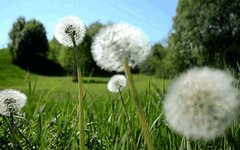In the original mountains and rivers, every grass and tree has its purpose. Every plant in nature is a gift from nature to humanity. We may pay more attention to flowers and herbs, but we often overlook the many miraculous uses of the wildflowers and grasses by the roadside.
You may have seen many of these plants before but not know their names. Today, let’s take a look at the medicinal herbs that grow by the roadside.
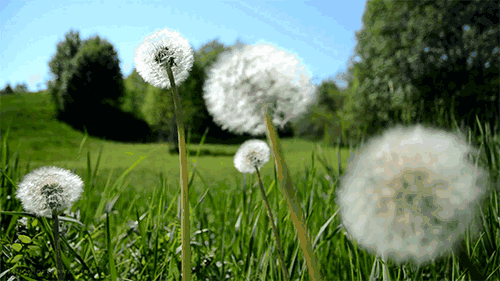
 「
「
Medicinal Herbs
」
The exploration of medicinal herbs by the Chinese people has a history of thousands of years. It is said that Shennong tasted hundreds of herbs and pioneered medicine, and he is revered as the “Emperor of Medicine”.
Traditional Chinese medicine (TCM) mainly consists of plant medicines (roots, stems, leaves, fruits), animal medicines (internal organs, skins, bones, organs, etc.), and mineral medicines. Since plant medicines account for the majority of TCM, it is also referred to as medicinal herbs. Currently, there are about 5,000 types of medicinal herbs used across various regions, and the number of formulas created by combining different medicinal materials is countless.
The application theory of TCM is quite unique. TCM has four qi (temperatures) and five flavors. The four qi, also known as four natures, refer to the cold, hot, warm, and cool properties of the herbs. The five flavors refer to the pungent, sour, sweet, bitter, and salty tastes of the herbs. The different qi and flavors of medicinal herbs lead to various therapeutic effects.
However, all medicines have some toxicity. Without the guidance of a professional physician, everyone should avoid trying them on their own to prevent problems. Only under the guidance of a professional doctor can the magical powers of herbs be fully realized! Let’s take a look at the medicinal herbs around us!
Plantago (Che Qian Cao)
Plantago is highly adaptable and can be found everywhere in the fields, mountains, and riversides from south to north in China. It has a sweet taste and a cold nature. It has diuretic, heat-clearing, vision-improving, and phlegm-expelling effects.
It is mainly used for urinary obstruction, cloudy urine, leukorrhea, hematuria, jaundice, edema, dysentery, diarrhea, nosebleeds, red and swollen eyes, throat obstruction, cough, and skin ulcers.
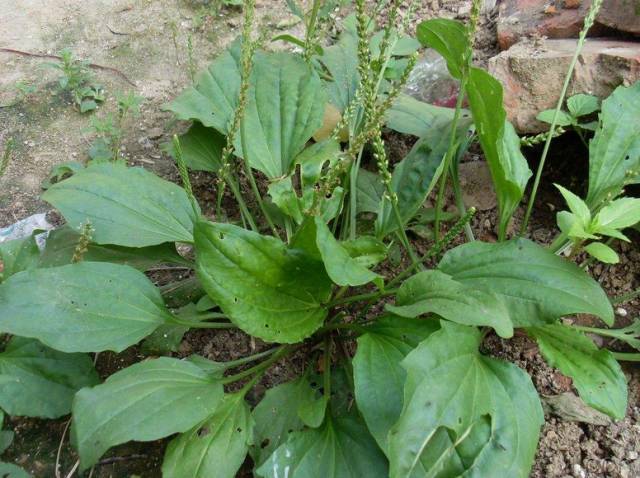
Honeysuckle (Jin Yin Hua)
Honeysuckle blooms in March, with five petals, a faint fragrance, and a red stem. When the flower first opens, it is white, and after a day or two, it turns yellow, hence the name Honeysuckle. It is also known as the “Mandarin Duck Vine” because of its paired flowers that resemble a pair of mandarin ducks dancing together.
Honeysuckle has been praised since ancient times as an excellent medicine for clearing heat and detoxifying. It has a sweet and cold nature, is aromatic, and clears heat without harming the stomach. It can disperse wind-heat and effectively clear blood toxins, used for various febrile diseases such as fever, rashes, and sore throat.
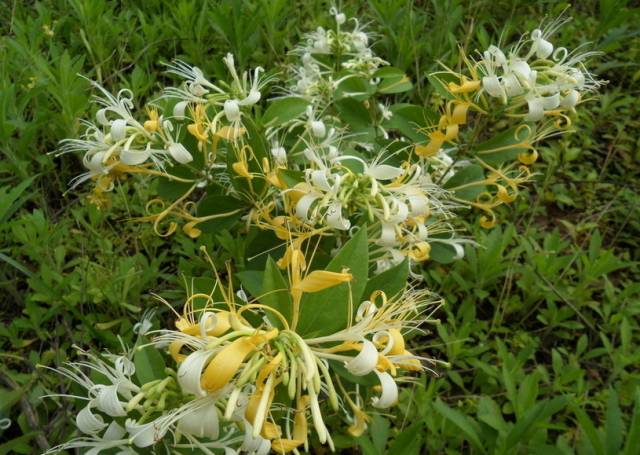
Dandelion (Pu Gong Ying)
Dandelion is a perennial herb of the Asteraceae family. Its seeds have a white crown that forms a fluffy ball, and after blooming, they are blown by the wind to new places to give birth to new life.
The dandelion plant contains various healthy nutrients such as taraxasterol, dandelion glycosides, and choline, which have diuretic, laxative, jaundice-reducing, and gallbladder-promoting effects. Dandelion also contains proteins, fats, carbohydrates, trace elements, and vitamins, making it a nutritious plant that can be eaten raw, stir-fried, or made into soup.
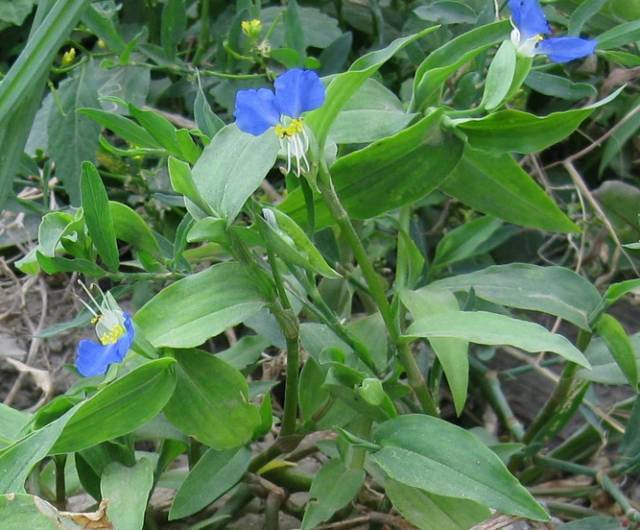
Duckweed (Ya Zhi Cao)
Also known as orchid grass or bamboo leaf grass, it has rare blue flowers. It is harvested in summer and autumn and dried.
It is used for colds and fevers, thirst due to heat, sore throat, edema with reduced urination, painful urination, and boils.

Chai Hu (Bupleurum)
Chai Hu has a slightly cold nature, a bitter and pungent taste, and enters the liver, lung, and spleen meridians. Its functions include releasing the exterior, draining heat, soothing the liver, and uplifting yang qi. It is used for colds and fevers, alternating chills and fever, malaria, liver qi stagnation, chest and rib distension, prolapse of the rectum, uterine prolapse, and irregular menstruation.
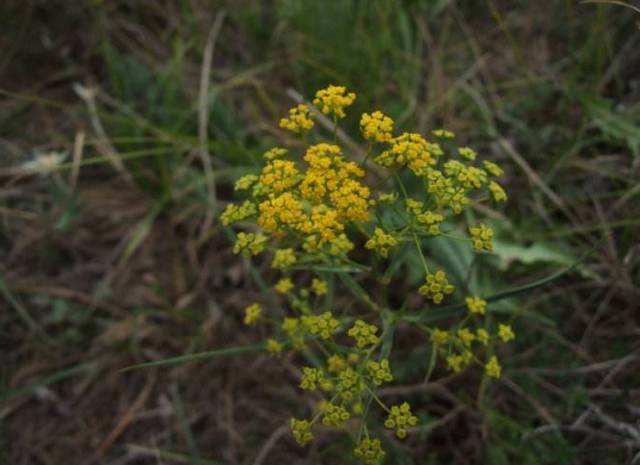
Mai Dong (Ophiopogon)
Mai Dong has a sweet and slightly bitter taste, and a slightly cold nature. It enters the heart, lung, and stomach meridians. Its functions include nourishing yin, generating fluids, moistening the lungs, and clearing the heart. It is used for dry cough due to lung dryness, yin deficiency cough, sore throat, thirst due to internal heat, insomnia, and constipation.
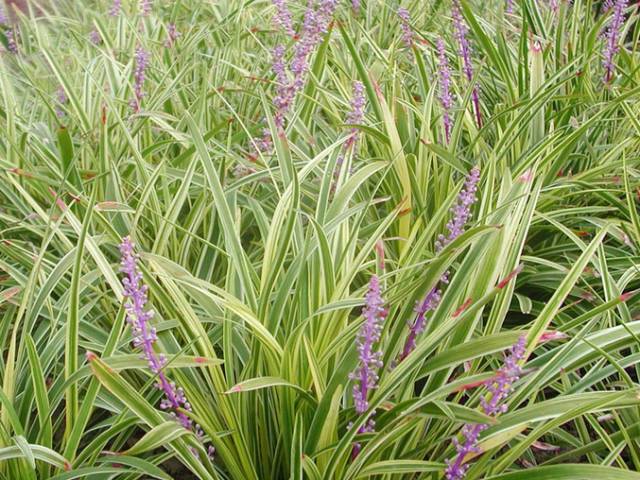
Snake Berry (She Mei)
The whole plant is used medicinally, having effects of clearing heat and detoxifying, promoting blood circulation, and stopping bleeding. It is also used for treating snake bites and for external application on boils.
There are often discussions among flower enthusiasts about whether snake berries are edible. In fact, snake berries have slight toxicity, but eating a small amount is generally safe, although the taste is not very pleasant.
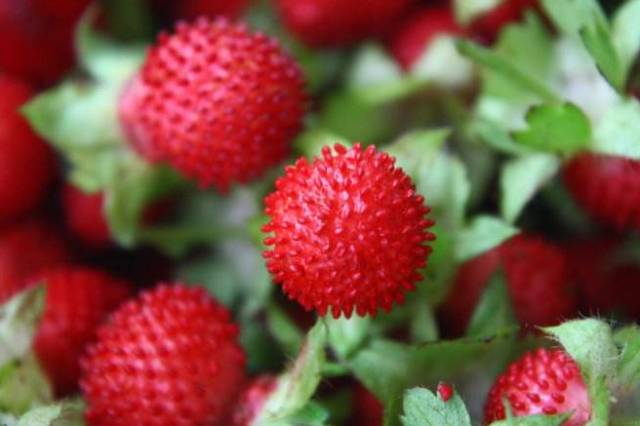
Yuzhu (Polygonatum)
Yuzhu nourishes yin, moistens dryness, relieves irritability, and quenches thirst. It is used for heat diseases with yin injury, cough with irritability and thirst, deficiency heat, easy hunger, and frequent urination.
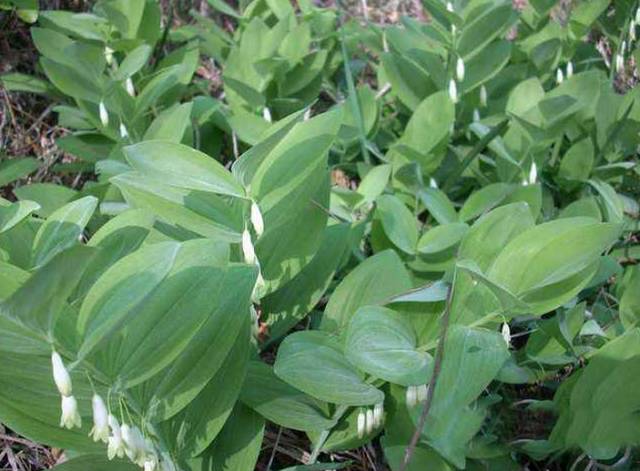
Sang Bai Pi (Mulberry Root Bark)
Sang Bai Pi is the bark of the mulberry tree root, with a sweet and cold nature, entering the lung meridian. Its functions include draining lung heat and relieving cough, promoting urination, and reducing swelling. It is used for cough and wheezing due to lung heat, facial swelling, and difficulty urinating.
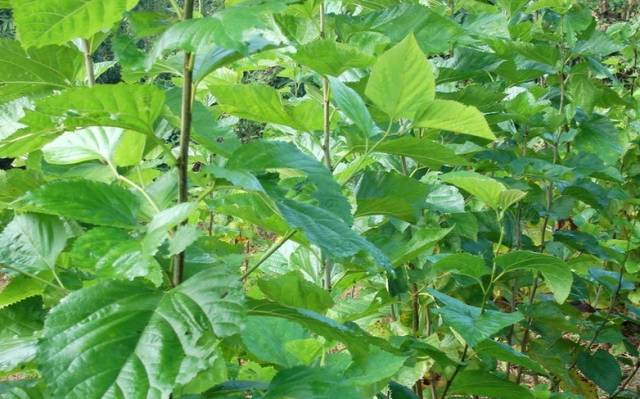
Mandrake (Mandragora)
Mandrake is toxic and is a sedative herb that can relax muscles. It was a major component of ancient anesthetics and has various uses in folk medicine, with different parts used to treat different diseases. Chewing ten seeds can help treat insomnia.
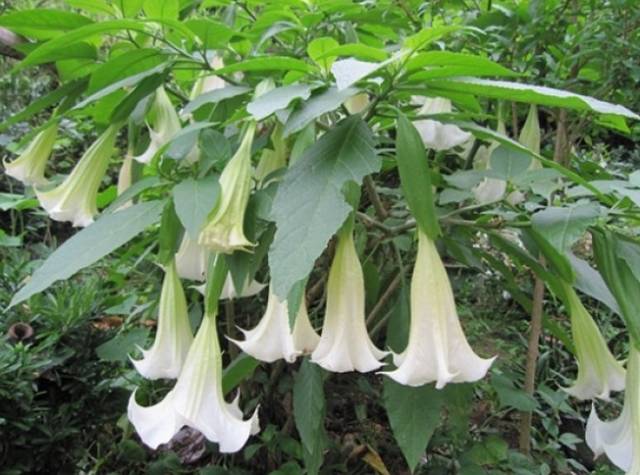
Ghost Needle Grass (Gui Zhen Cao)
This plant can be eaten when young and is said to be effective in lowering transaminases. It can disperse liver heat.
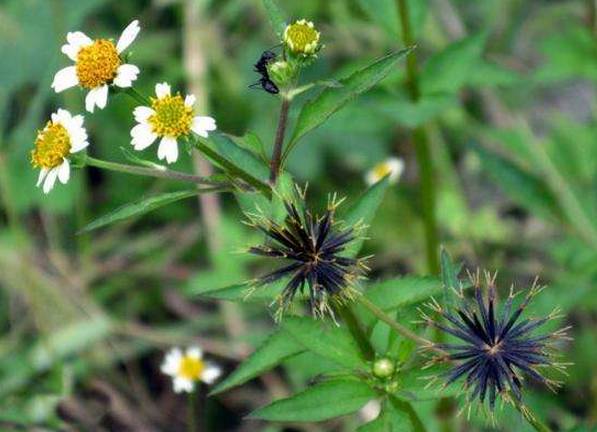
Bitter Herb (Ku Cai)
Bitter Herb is the tender leaves of the plant known as bitter lettuce. It has both medicinal and edible properties. It is also known as “Bai Jiang Cao” and “Nu Lang Hua”.
It has effects of clearing heat, cooling blood, detoxifying, brightening the eyes, harmonizing the stomach, and stopping cough. It is used for dysentery, jaundice, blood in urine, hemorrhoids, and cough.
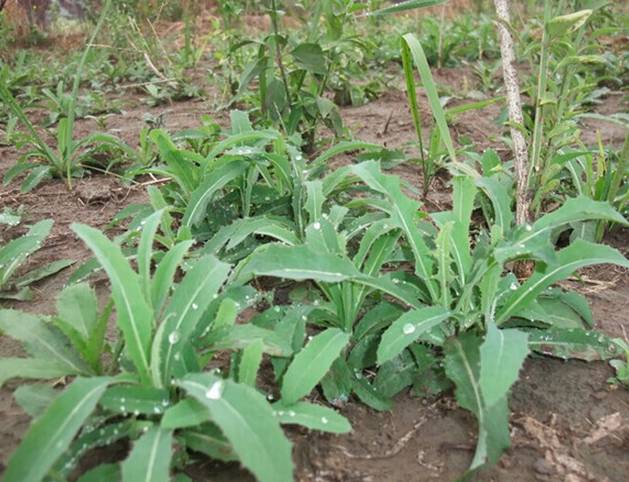
Nettle (Xian Ma)
Nettle has a stinging sensation when touched, and many people feel a sting. It is commonly used in soups or fried with eggs and is quite tasty. It can treat children’s cough and toothache.
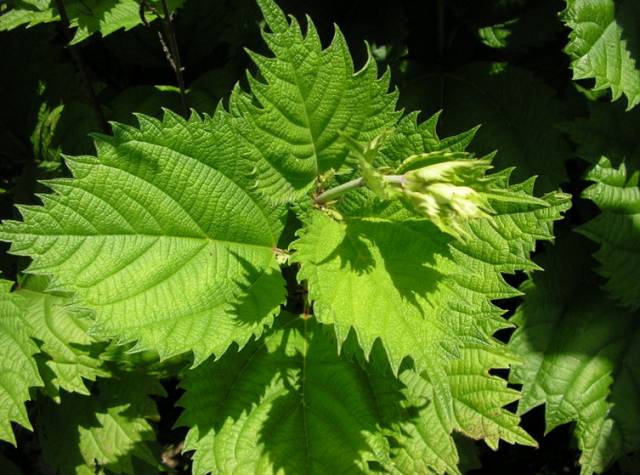
Dragon’s Bane (Long Kui)
Dragon’s Bane is also a common wild vegetable, known for its heat-clearing properties and is often used for liver protection, stomach health, and vision improvement.
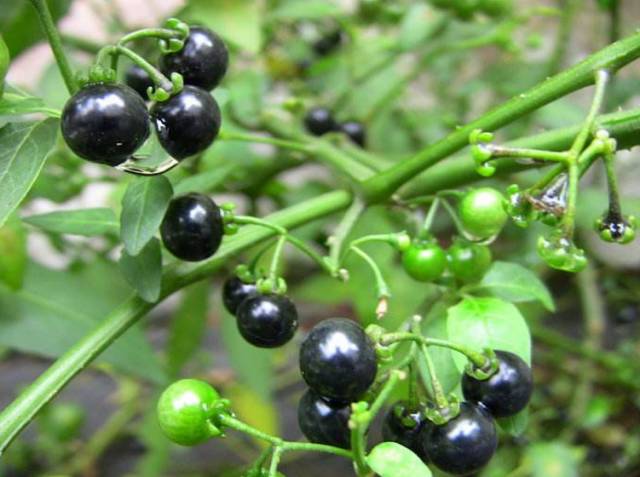
What a wonderful world of medicinal herbs!
It is hard to imagine how many trials our ancestors went through to discover so many ordinary yet miraculous medicinal herbs.
However, it is important to remind everyone to use these herbs under the guidance of a physician, as all medicines have some toxicity and should not be taken lightly!
Note:This account aims to spread TCM culture, and the knowledge of TCM mentioned in the text is for learning and communication purposes only.
WeChat has been updated! If you neither★starred me, nor liked or “looked at” my articles, the system will assume you do not need to receive updates on medicinal herbs, and in the end, you will not receive our article updates
End of the article. Thank you for your patience in reading. If you find it interesting, please click “ Like” and “
Like” and “ Look” too~
Look” too~
As the saying goes, “In a group of three, there must be my teacher.” To facilitate the integration of knowledge among TCM practitioners, we are preparing to establish a communication group. If you wish to join, please add the editor on WeChat and specify your identity. The editor invites you to join the group.


